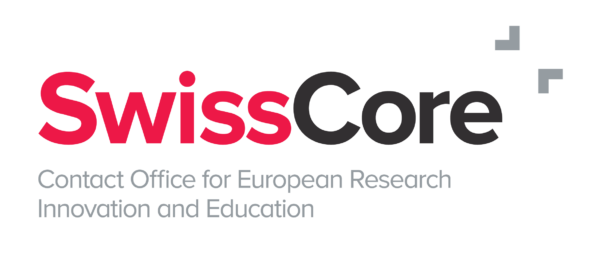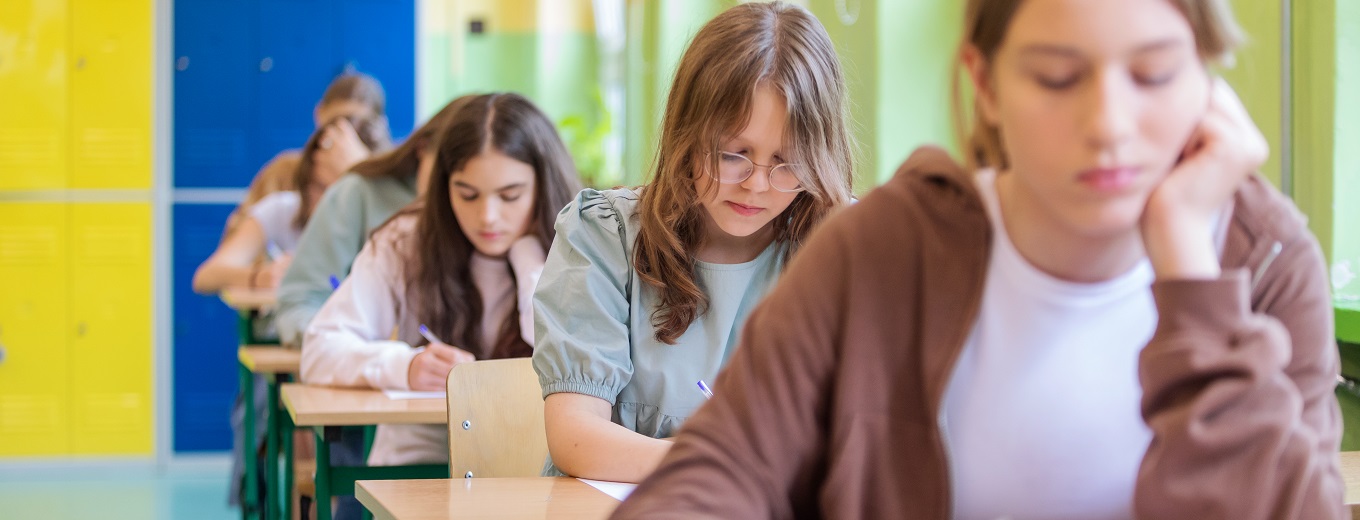The newest PISA test results show that underachievement in the EU is increasing while, at the same time, excellence is decreasing.
The latest PISA results in 2022 brought surprising and disappointing results for Europe. The European Commission (EC) produced for the first time a comparative analysis of the PISA results of the 27 EU Member States (MS), entitled ‘The twin challenge of equity and excellence in basic skills in the EU’. The PISA results provide relevant data for the EU as they show the educational outcomes of 15-year-olds, which corresponds to the EU’s specific education targets for basic skills of 15-year-olds: The EU aims to have not more than 15% of young people with below minimum competence levels in mathematics, reading and science by 2030.
The latest PISA results show that the EU is not on track to reach its target of basic skills for 15-year-olds: Around 30% of young people in the EU fail to reach basic mathematical skills, and around 25% do not have basic skills in reading (26%) and science (24%). This is significantly worse than in the PISA results for the EU from 2018, with around 22% in all three fields. At the same time, the rate of high-achievers in the EU is also decreasing to less than 10%: 8% in mathematics, 6.5% in reading and 7% in science, which is again worse compared to 2018, with 11% in mathematics, 8.1% in reading, and 6.3% in science. Furthermore, it is particularly noteworthy that underachievement is much higher among disadvantaged pupils. The socioeconomic gap in learning outcomes has also increased since 2018. It is very likely that the performance decrease from 2018 to 2022 is due to the Covid-19 restrictions. However, in some countries, the decrease also pre-dates the pandemic. The EU has the highest underachievement in Bulgaria, Cyprus, Greece and Romania, whereas Estonia, Ireland and Finland show the strongest results among EU countries.
In both dimensions, low-achievers (equity) and high-achievers (excellence), the EU is outperformed by other advanced economies, for example Canada, Japan, the UK and the US. Among these countries, the EU has the highest underachievement rate in reading and science, and the second highest after the US in mathematics. The European Commissioner for Education, Research and Innovation, Iliana Ivanova, calls this a “considerable threat to our long-term competitive edge”.
An interesting aspect of this EU comparative analysis addresses the use of digital resources at school (pp. 33-34). It concludes that the moderate use of digital resources is associated with better performance, while the intense use is not. When pupils use digital resources for learning more than one hour a day, the effect becomes negative (with the exception of Denmark and Sweden). The report, however, states that this is only a correlation and further research on the causal relationship needs to be undertaken.
In order to address the challenge and to work towards still achieving the 2030 targets, the EU continues to invest in education with the Recovery and Resilience Facility (RRF, see SwissCore article) and to support Member States’ actions with the exchange of best practices in EU working groups and in the Learning Lab on Investing in Quality Education, guided by the recent Council Recommendation from 2022 on Pathways to School Success (see SwissCore article).
Switzerland also saw a decrease in student performance in PISA 2022 compared to 2018 but, had the second strongest outcomes in Europe; only Estonia performed better on average. The best PISA outcomes worldwide were reported from Hong Kong, Taiwan and South Korea.

